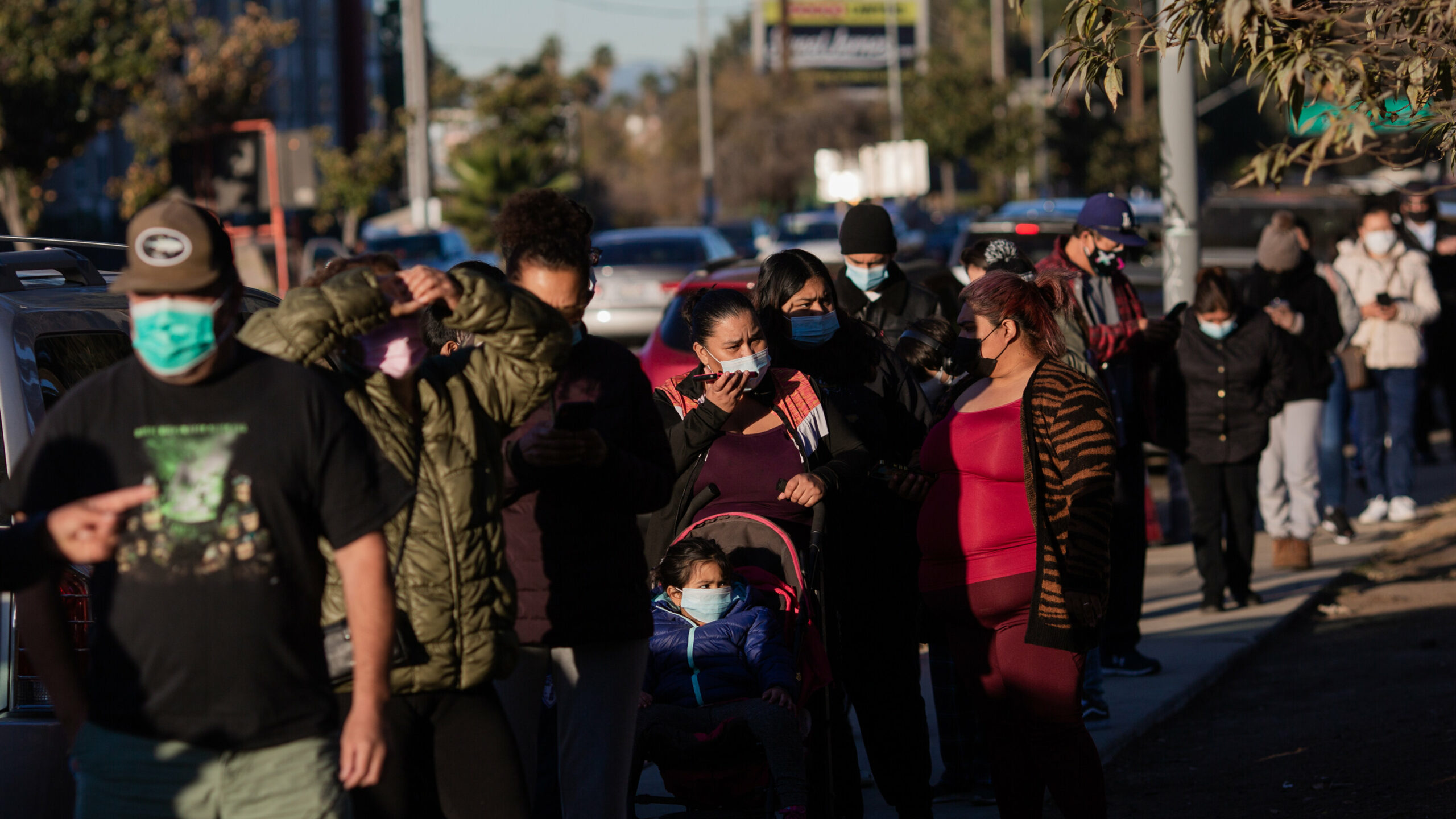Los Angeles, July 29, 2024 — California is witnessing a dramatic surge in COVID-19 cases, with infection rates nearing a two-year summer high. The latest data reveals a significant uptick in cases across the state, prompting renewed concerns about public health and safety.
The Surge in Numbers
Recent reports indicate that COVID-19 cases in California have spiked to levels not seen since the summer of 2022. Over the past month, the state has experienced a sharp increase in daily infections, with several counties reporting record-high case counts. According to the California Department of Public Health, the average number of new cases has surged by nearly 40% compared to the previous month.
Healthcare professionals and public health officials are expressing alarm at the rapid rise in cases. “It’s concerning to see such a significant increase in infections,” said Dr. Emily Chen, an infectious disease specialist at UCLA Health. “We are approaching levels we haven’t seen in almost two years. This is a clear indication that the virus is spreading more aggressively.”
Also Read Linus Lau: Transparent California Expert
Impact on Healthcare Systems
The surge in COVID-19 cases is putting a substantial strain on California’s healthcare system. Hospitals across the state are reporting a rise in COVID-related admissions, with many facilities experiencing increased patient loads and a shortage of beds. Emergency rooms are seeing a higher volume of patients presenting with severe symptoms, and some hospitals have been forced to implement contingency plans to manage the influx.
“Our ICU units are nearing capacity, and we’re having to make difficult decisions about resource allocation,” said Dr. Carlos Mendoza, chief medical officer at a major Los Angeles hospital. “The increase in cases is stressing our healthcare infrastructure, and we need to be prepared for the possibility of even higher numbers in the coming weeks.”
Public Health Measures and Responses
In response to the surge, state and local health officials are re-evaluating public health measures. Several counties have reinstated indoor mask mandates and are ramping up vaccination and booster shot campaigns. Public health agencies are also emphasizing the importance of vaccination and booster doses to curb the spread of the virus.
California Governor Gavin Newsom has urged residents to remain vigilant and adhere to health guidelines. “We are seeing a significant uptick in cases, and it’s crucial for everyone to take precautions to protect themselves and others,” Governor Newsom said in a press conference. “We are working closely with health officials to manage the situation and prevent further strain on our healthcare system.”
Also Read Inside the Chilling Case of Brian Peck: Court Documents Reveal Dark Details of California Murder
Public Reactions and Concerns
The resurgence of COVID-19 has led to a mix of anxiety and frustration among Californians. Many residents are expressing concerns about the potential for new restrictions and the impact on daily life. Businesses, particularly those in the hospitality and entertainment sectors, are worried about the potential for renewed shutdowns and restrictions that could affect their operations.
“I was hoping we had put the worst behind us,” said Jessica Martinez, a small business owner in San Francisco. “The surge in cases is really unsettling. We’ve already faced so many challenges, and the prospect of more restrictions is worrying for us and our employees.”
Looking Ahead
As California grapples with the rising number of COVID-19 cases, experts stress the importance of continuing public health measures and vaccinations. The state’s ability to manage the surge will depend on the collective efforts of residents, healthcare providers, and public officials.
“We’ve seen how effective vaccinations and boosters can be in controlling the spread of the virus,” said Dr. Chen. “It’s vital that we continue to follow health guidelines, get vaccinated, and support our healthcare system as we navigate this challenging period.”
California’s current situation serves as a stark reminder of the ongoing challenges posed by the COVID-19 pandemic. With the virus spreading more rapidly, the state faces a critical juncture in its efforts to control the outbreak and protect public health.

